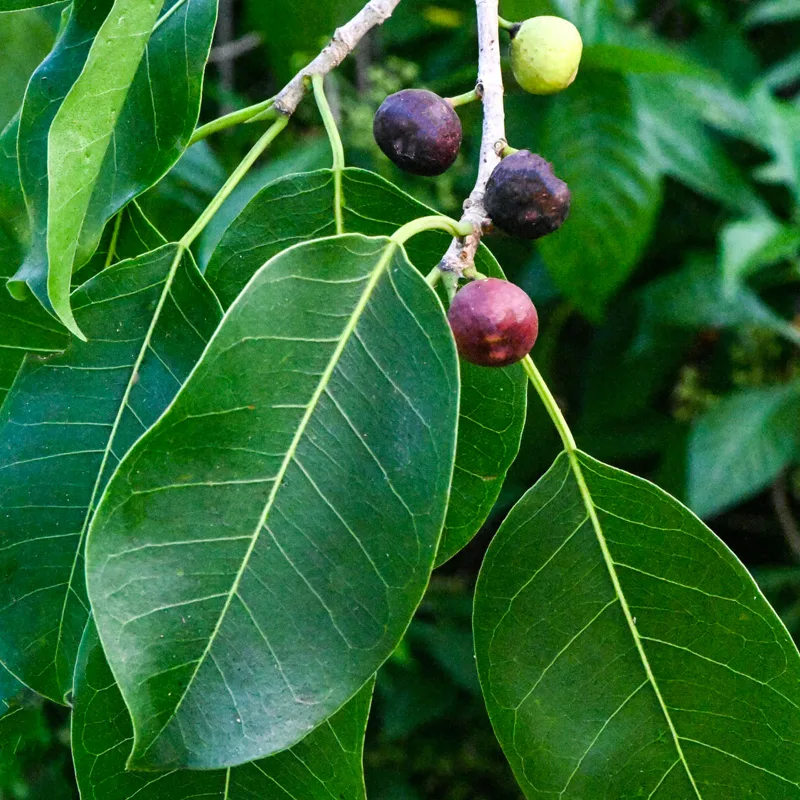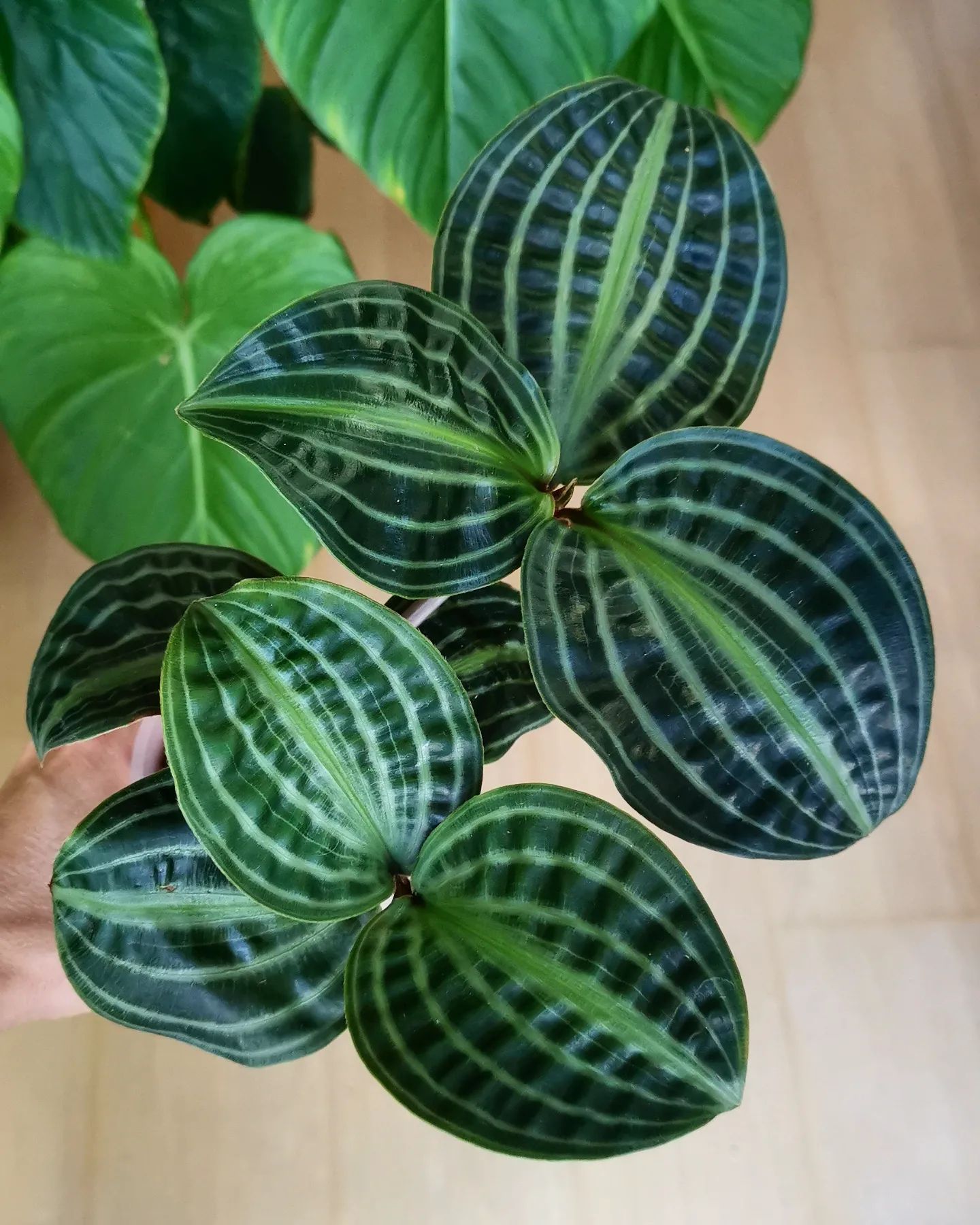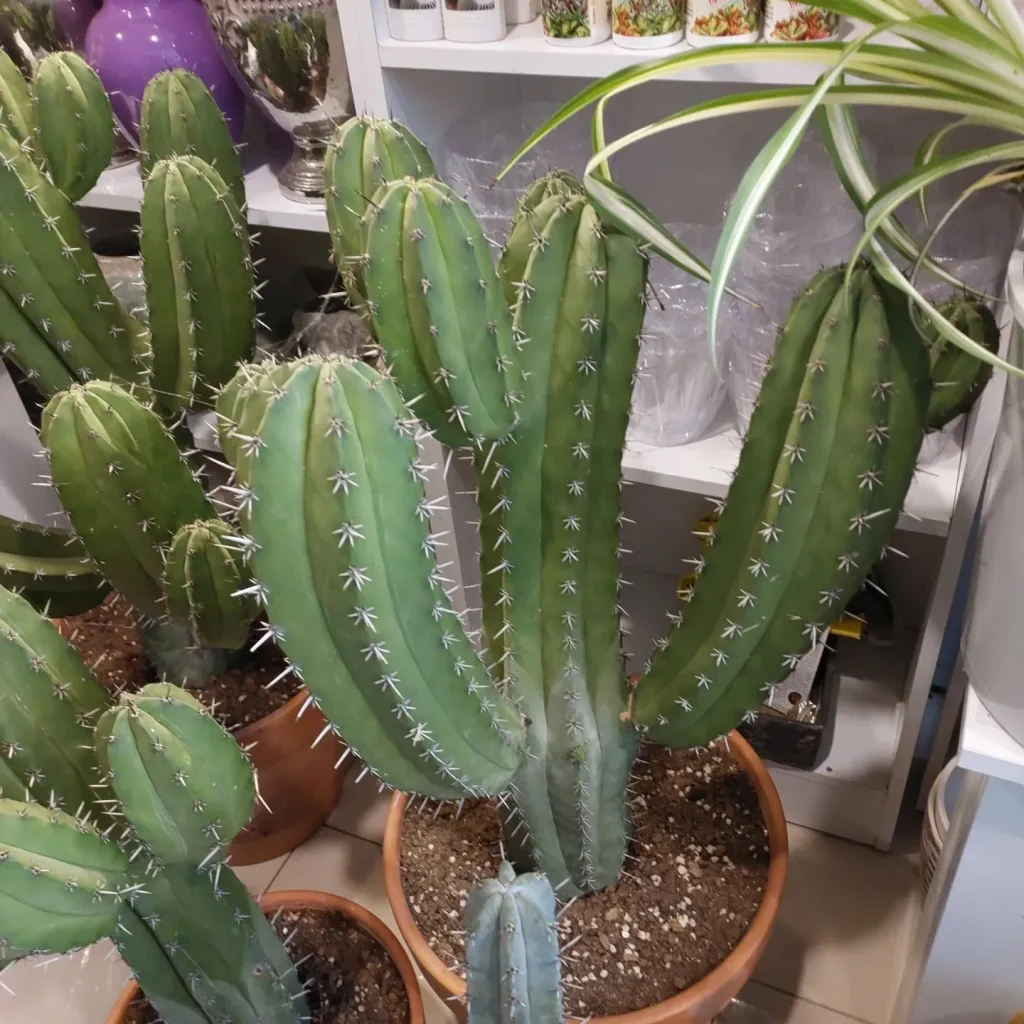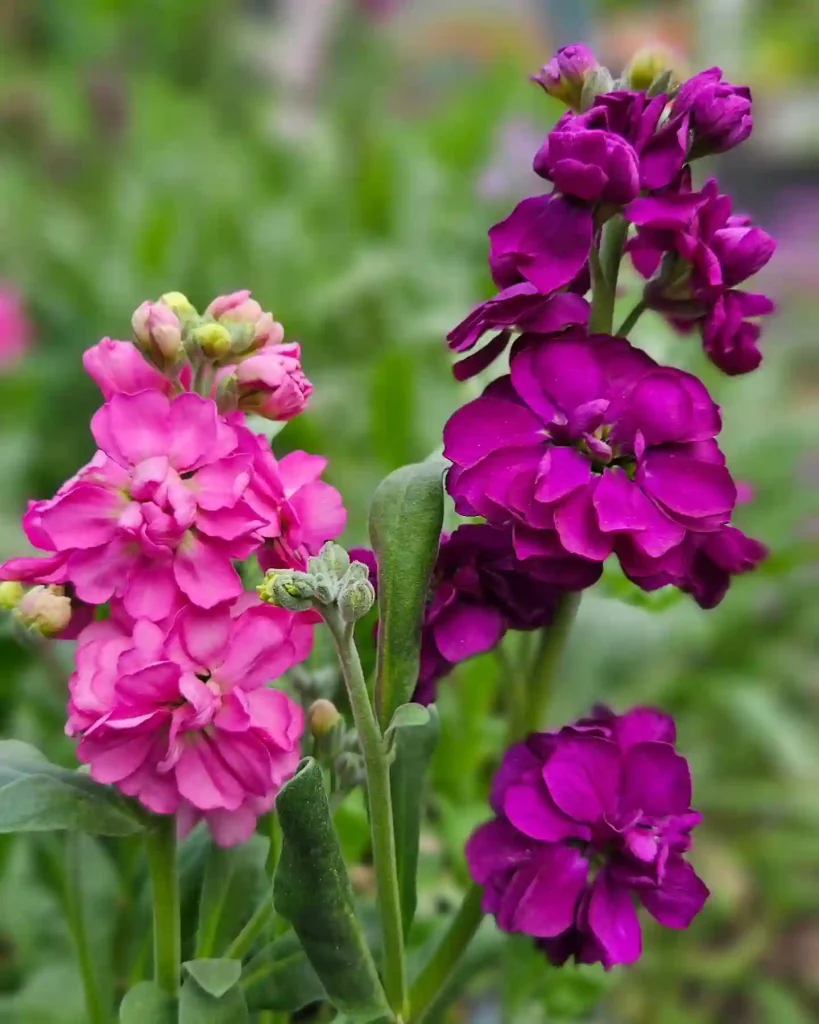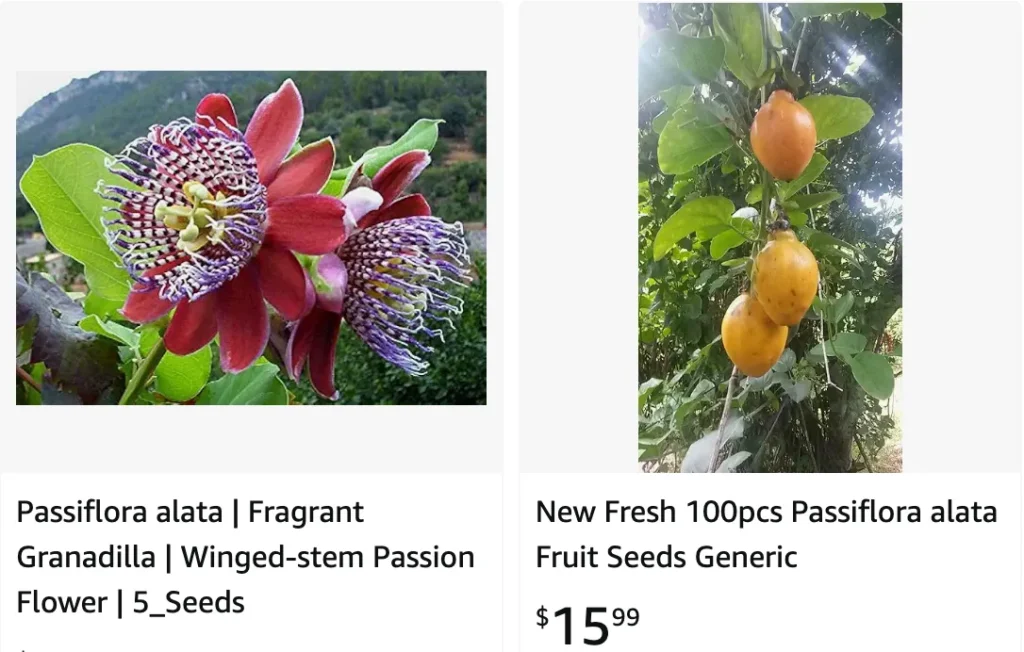
The Allure of the Winged-Stem Passion Flower (Passiflora Alata)
For any gardener seeking a vibrant and rewarding addition to their plot, look no further than the Passiflora alata, also known as the winged-stem passion flower. This captivating vine has become a personal favorite of mine, Ferb Vu, not only for its stunning blooms but also for its delicious fruit and surprising ease of care. Over the past few years, I’ve cultivated a deep appreciation for this Amazonian native, and I’m eager to share its wonders with you.
595 Species in Genus Passiflora
Passiflora alata is an evergreen climber, boasting an impressive growth potential of over 20 feet. Its defining feature, as the name suggests, are the winged stems that gracefully support the plant’s structure. These wings add a unique visual element, making the Passiflora alata a conversation starter in any garden. But the true stars of the show are undoubtedly the flowers.
Imagine a mesmerizing spectacle of vibrant red tepals, accentuated by a mesmerizing corona – a central crown-like structure – adorned with bands of purple and white. These captivating blooms, often reaching up to 5 inches in diameter, are not just beautiful; they’re fragrant too, attracting a delightful buzz of pollinators like bees, butterflies, and even hummingbirds. Throughout late summer and into early fall, my garden comes alive with their presence, a testament to the allure of the Passiflora alata.
How to Care for Passiflora Alata?
While undeniably striking, the Passiflora alata is surprisingly low-maintenance. Here are some key things to remember to keep your winged-stem passion flower thriving:
- Sunlight: While it can tolerate partial shade, Passiflora alata truly flourishes in full sun. Aim for at least 6-8 hours of direct sunlight daily to encourage optimal growth and flowering.
- Soil: Well-draining soil is crucial. A sandy or loamy mix will provide the ideal balance of moisture retention and drainage to prevent root rot.
- Watering: Keep the soil consistently moist, especially during the growing season. However, avoid overwatering, as this can harm the plant. A good rule of thumb is to water deeply when the top inch of soil feels dry to the touch.
- Feeding: While not strictly necessary, a balanced fertilizer applied during the growing season can give your Passiflora alata an extra boost. A light application every 4-6 weeks will suffice.
A Bountiful Harvest: The Fruit of the Passiflora Alata
The beauty of the Passiflora alata extends beyond its visual appeal. This remarkable vine also produces a delightful fruit, adding another layer of reward for your gardening efforts. The fruit, typically egg-shaped and ranging from yellow to bright orange when ripe, boasts a juicy and flavorful pulp. While not quite as sweet as its more commercially known passion fruit cousins, it offers a unique and tangy taste that’s perfect for jams, jellies, or even a refreshing summer drink.
How to prune Passiflora Alata?
The vigorous growth of the Passiflora alata makes pruning an essential part of its care. Not only does it maintain a manageable size and shape, but it also encourages bushier growth and even more blooms. Pruning can be done throughout the year, but the ideal time is typically in late winter or early spring before the new growth emerges. Focus on removing any dead, diseased, or crossed branches. You can also strategically prune to encourage the vine to grow in a specific direction or to control its overall size.
Additional Tips for Success
Here are some additional pointers to ensure your Passiflora alata thrives:
- Support: As a climbing vine, the Passiflora alata needs support to grow. A trellis, fence, or other sturdy structure will provide the necessary framework for it to sprawl and showcase its beauty.
- Winter Protection: While the Passiflora alata is fairly cold-tolerant, it can benefit from some winter protection in colder climates. Mulching around the base of the plant with leaves or straw will help insulate the roots from frost damage.
- Propagation: Looking to expand your passion flower collection? The Passiflora alata can be easily propagated through stem cuttings. Simply take a healthy stem segment, remove the lower leaves, and plant it in a pot with well-draining soil. With proper care, it should root and establish itself within a few weeks.
By following these simple guidelines, you can cultivate a thriving Passiflora alata that will grace your garden with its captivating blooms and delicious fruit for years to come. So, why not embrace the allure of this Amazonian wonder and add a touch of the exotic to your own backyard oasis?
If i die, water my plants!
